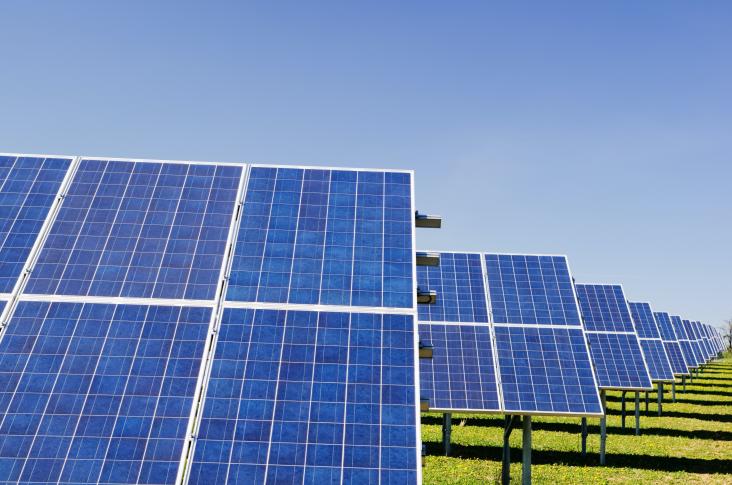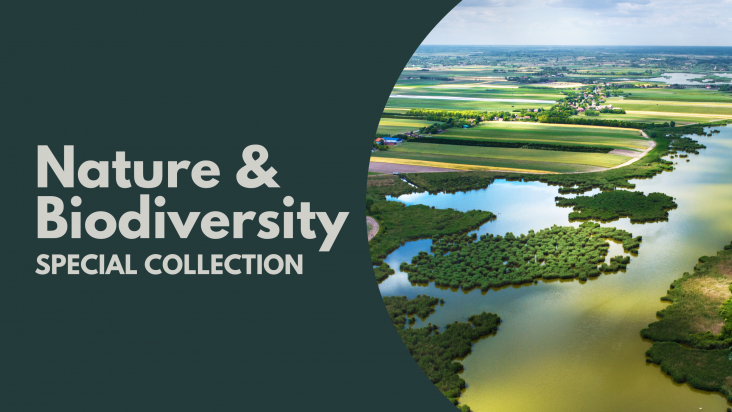This chapter aligns with Goal 3: Good Health and Wellbeing and Goal 15: Life on Land by describing the needs of cats in order to promote companion animal welfare.

Recognising our customers' exceptional work to achieve the United Nations' Sustainable Development Goals

This article describes the effects of climate and environmental change on viticulture in heroic & steep slope settings
In addressing the SDGs in general, the authors pose the question, “What is the potential role of SDGs as an accountability mechanism?”. A case study approach using interviews is taken to examine how certain organisations may use the SDGs as an accountability mechanism, and whether or not meaningful accountability is actually being achieved. It is concluded that the full opportunities offered by the SDGs are not yet in full use.
This article advances SDG # 3, 13, and 15 by demonstrating a clear increase in heat-related illness incidence that parallels the temperature elevations from climate change.
This Review supports SDGs 3, 10, and 15 by examining evidence on Indigenous People's mental health related to resource industries in settler colonial states. It shows that land is central to Indigenous people's mental health, and that land dispossession due to industrial development negatively impacted mental health in Indigenous communities.

This freely accessible Special collection highlights journal articles and book chapters focussing on nature and biodiversity in celebration of the 2023 RELX SDG Inspiration Day on June 13th where thought leaders, corporate representatives, investors, government and NGOs explore issues, practical engagement and ideas in support of the UN Sustainable Development Goals.

To mark the 50th Anniversary of World Environment Day on 5 June 2023, Elsevier proudly presents a curated list of publicly available journal articles and book chapters in support of this year's theme “Solutions to Plastics Pollution”. Please share and download.
Castellanos-Barliza and León-Peláez 2023 investigated the recovery of physical-chemical and biological properties of Technosols in a chronosequence of drylands (over 7,10 and 21 years) in the El Cerrejón coal mine in Colombia. Their results showed significant improvements in soil properties, especially near the surface, with notable increases in soil N content and P solution after 7 years. Enhanced vegetation development over time contributed to higher soil organic matter, indicating successful rehabilitation and positive impacts of the restoration strategy in degraded mine spoils.

